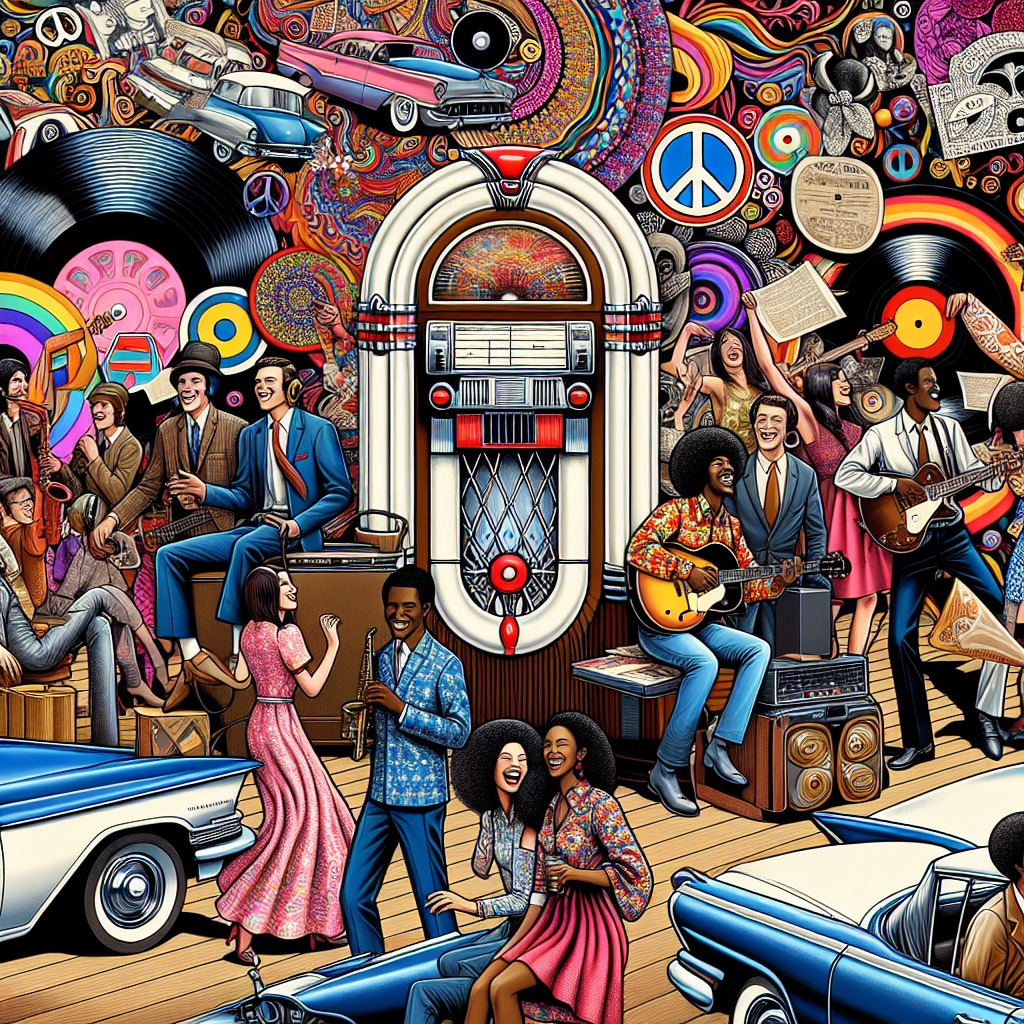Psychedelic rock emerged in the late 1960s as a revolutionary genre that combined traditional rock music with experimental sounds, creating a unique and mind-altering listening experience. The rise of psychedelic rock was not only a musical phenomenon but also reflected the changing cultural landscape of the time.
During the late 60s, there was a growing sense of disillusionment with mainstream culture and politics. The Vietnam War was raging on, civil rights movements were gaining momentum, and young people were searching for alternative ways to express themselves. Psychedelic rock provided an outlet for this desire for change, with its trippy lyrics, distorted guitar riffs, and unconventional song structures.
Politicians and conservative groups often criticized psychedelic rock for its association with drug use and countercultural movements. However, many artists saw it as a way to push boundaries and challenge societal norms. Bands like The Beatles, Pink Floyd, and Jefferson Airplane used their music to explore themes of consciousness expansion, spirituality, and social justice.
Psychedelic rock also had a significant impact on fashion during this time. Bright colors, paisley patterns, bell-bottom pants, and fringe jackets became popular among fans of the genre. The music’s psychedelic imagery inspired artists to create visually stunning album covers and concert posters that reflected the dream-like quality of the music.
Advancements in technology played a crucial role in shaping the sound of psychedelic rock. Artists experimented with new recording techniques, such as tape loops and reverb effects, to create otherworldly atmospheres in their music. Electric guitars became more prominent in this genre, producing distorted tones that added to the overall psychedelic experience.
Despite its controversial reputation, psychedelic rock continues to influence musicians today. Its legacy can be heard in genres like shoegaze, indie rock, and electronic music. Bands like Tame Impala and MGMT have drawn inspiration from the experimental sounds of the late 60s while putting their own modern twist on it.
In conclusion, the rise of psychedelic rock in the late 1960s marked a turning point in music history. It challenged conventions, pushed boundaries, and provided a soundtrack for social change. While it may have been met with resistance from politicians and conservative groups at the time, its impact on culture cannot be denied. Psychedelic rock remains a symbol of creativity and experimentation that continues to inspire artists across generations.


Get involved!
Comments